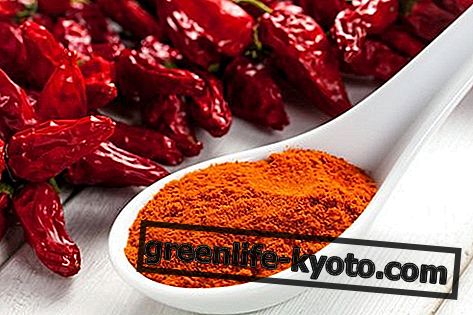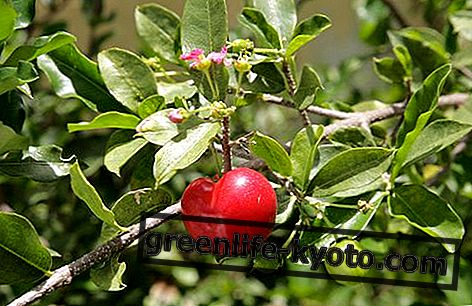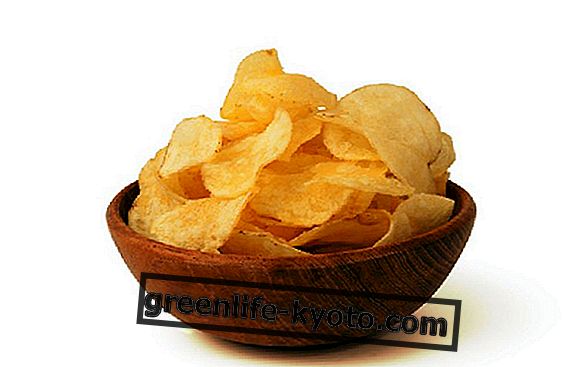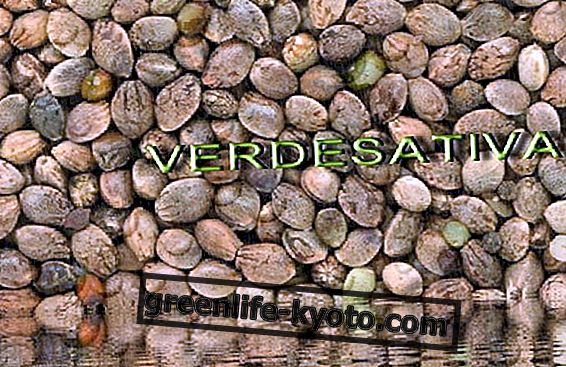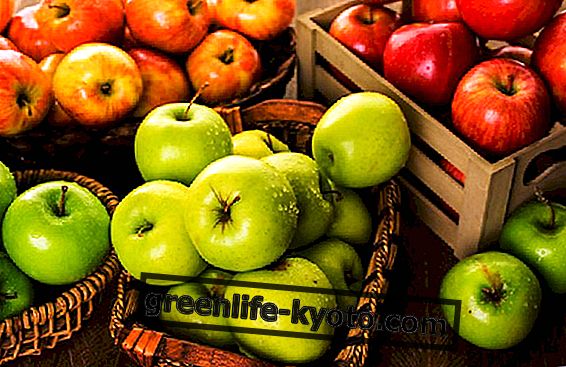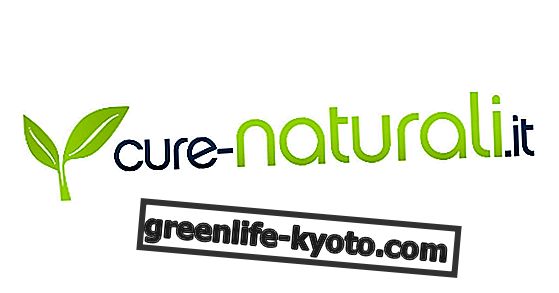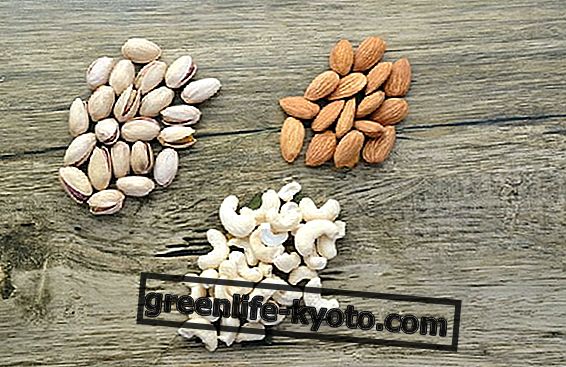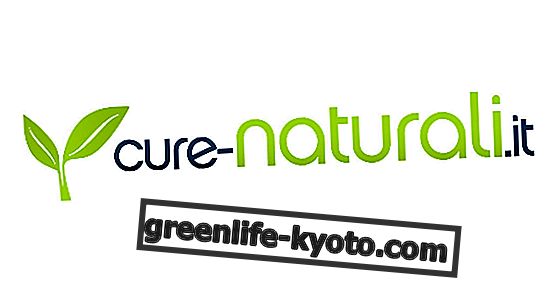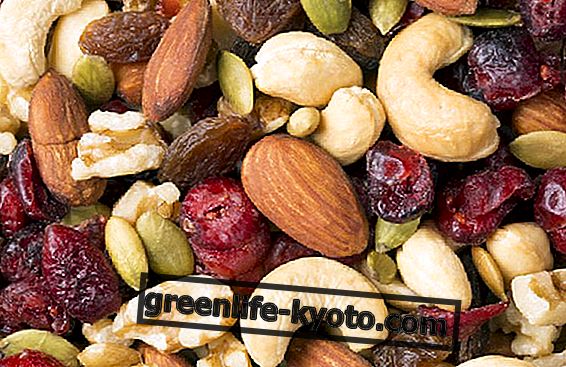
Not to be confused with dried fruit, we call some particularly nutritious seeds dry because of their contents of vitamins, minerals and oils, precious for our health and since ancient times cultivated and integrated in the human diet
(and even earlier, in that of primates).
Eaten naturally, reduced to flour, used in confectionery, processed into spreadable, toasted creams, dipped in honey, molasses or syrup, or drunk in a vegetable milk version, every particular dried fruit has an ideal season throughout the year .
Let's take a look at the ideal periods for the collection and consumption of each type of dried fruit. As we will see, almost all of them grow at the same time, as it happens, for example, when it is important for humans to stock up on energy and calories.
Almonds
Almonds are the seeds that we find inside the inedible fruit of Prunus dulcis, better known as almond tree. The almond is harvested between the end of August and the beginning of September, just before the harvest, so it is from September onwards, or starting from autumn, that fresh almonds are available. Besides being natural, peeled or not, there is almond milk, marzipan, praline almonds and a thousand other preparations.
Almonds are particularly rich in manganese, riboflavin and vitamin E.
Peanuts
Peanuts, or American peanuts, are the seeds of a legume of American origin, good to eat naturally, praline or salted, toasted, turned into butter or oil. The pods containing the precious seeds begin to dry in autumn, around October, thus allowing the harvest. Apart from the risk of allergy, peanuts are very rich in niacin, vitamin E, folate and manganese .
The pine nuts
Among the smallest dry fruits on the market, pine nuts, as per name, are the seeds of some species of pine and are enclosed in pine cones. They are also among the most costost dried fruits due to the difficulty of processing and are often used in confectionery.
Pine nuts are harvested between winter and spring, starting from November until April. They are rich in vitamins E and K, as well as manganese and zinc .
The walnuts
Walnuts produce many confectionery products, creams, chocolates, liqueurs, and other products, although they are mostly loved naturally. Walnut kernels are considered a superfood, rich in thiamine, manganese, vitamin B6 and linoleic acid .
Between September and November, that is in full autumn, the nuts fall to the ground from the trees and are easily harvested.
Pistachios
Famous in ice cream and confectionery, very expensive, pistachios are sometimes also found in the form of a salty snack or inside cured meats. The pistachio green, originating in Persia, is rich in vitamin B6, thiamine and phosphorus.
It is also rich in calories, dietary fiber and protein. The pistachios are laboriously collected every two years in the summer months, after which they require a rather long drying and ventilation process, so they will become available in the autumn months.
Chestnuts
Why not consider chestnuts, the fruit of chestnut trees enclosed in typical yellow urchins, a dried fruit? As flour, as sweet, roasted, boiled, but also in special ancient recipes along with sauces and legumes, castange are rich in protein, vitamin C, manganese and copper . Chestnuts, as we know, are harvested in the middle of autumn, after the middle of October, and once the shell is open they are ready for consumption.
Other dried fruit
On the market we find other dried fruits, not produced in Italy and therefore always imported:
> Coconut;
> Brazilian walnut;
> pecan nut;
> macadamia, etc.
Obviously, in this case, it makes no sense to talk about seasonality because often these seeds grow in areas that do not include our classic four seasons.
